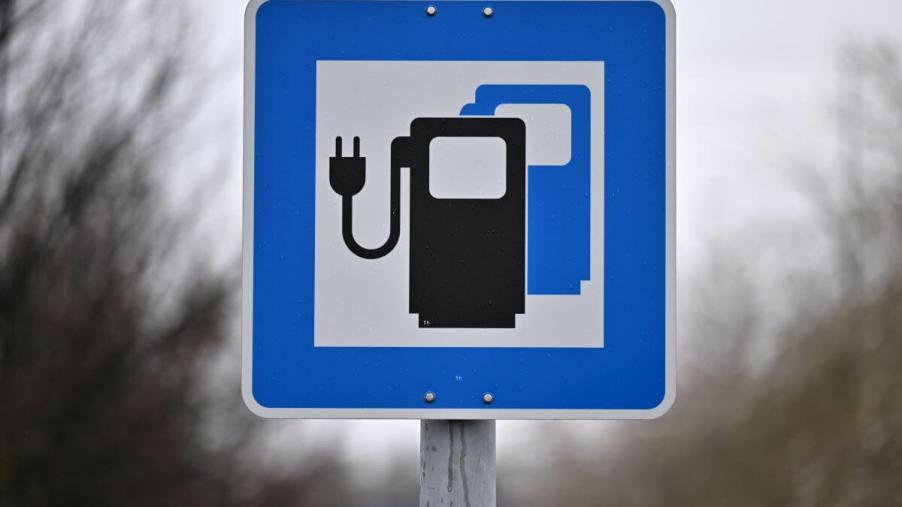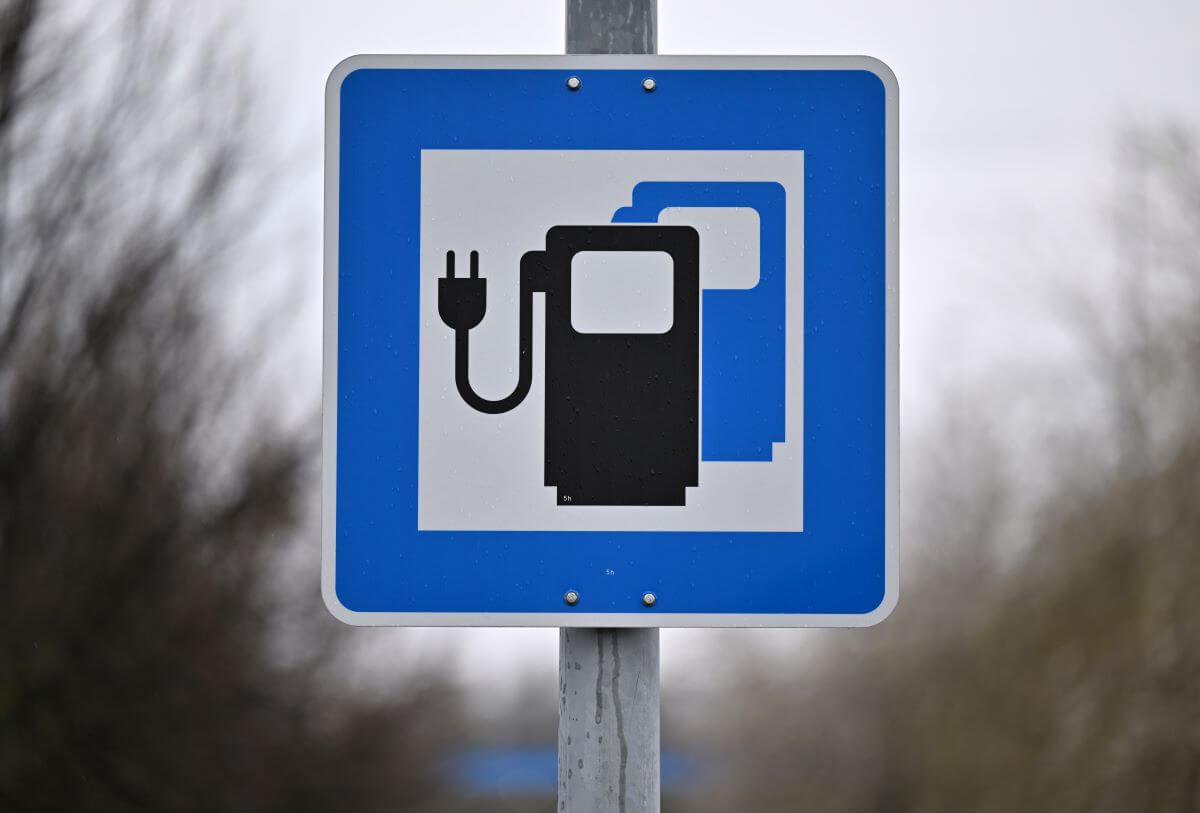
What Was the First Electric Car?
You may have noticed the growth in the popularity of electric vehicles. EVs are fast becoming more commonplace in our modern car market. Do you ever wonder where EVs came from? Let’s look at some of the industry’s historic cars and see where EVs fit in.
We don’t know precisely when EVs started

According to the U.S. Department of Energy, it is hard to pinpoint a moment in history when the electric car was invented. We can’t point to a specific inventor or location where it all started. Instead, it is more of a series of breakthroughs that made the path from battery to electric motor in the 1800s.
According to EVBox, it is believed that British inventor Robert Anderson displayed the first electric vehicle at an industry conference in 1835. Anderson’s crude vehicle used a disposable battery powered by crude oil.
While Anderson and other inventors were making strides in understanding electric vehicles, it wasn’t until the 1880s that the first practical electric car was invented. American chemist William Morrison took a traditional horse-drawn Surrey carriage and converted it to fit a battery. This carriage could hold up to 12 people and go 20 mph.
The turn of the 20th Century brought much more emphasis on the future of motorized vehicles and their growing popularity. Consumers could choose between steam, gasoline, and electric engines. Steam and gasoline-powered vehicles came with their own problems, such as reliability and pollution. This made electric cars a competitive option, especially in urban areas.
This growth and innovation came to a quick halt when Henry Ford developed his more cost-efficient assembly line, and gasoline became more widely available. This started the rise of the internal combustion engine that lasted from 1914 to 1970.
However, the gasoline shortages and rising prices of the 1970s brought the innovation of the electric car back to the forefront. While there wasn’t much public interest in electric vehicles initially, scientists worked tirelessly to find alternative transportation options. The release of the Prius in 1997 was a significant turning point as the first mass-produced hybrid.
With the growth of the capacity and reliability of the lithium-ion battery, we now see almost mass-market automaking jumping on the EV bandwagon. Some automakers have even vowed to stop manufacturing internal combustion engines altogether.
Anderson’s electric engine may not have been the first
It was in the 1830s that Scotland delivered what is believed to be the first electric motorized vehicle through its innovator, Anderson. Anderson built his motorized carriage sometime between 1832 and 1839, according to Car and Driver. The batteries, or galvanic cells, used in Anderson’s vehicle were not rechargeable. So, it was more of a parlor trick than a true electric vehicle.
Another Scot named Robert Davidson is a strong contender for the first electric motorized vehicle. He built a prototype electric locomotive in 1837. A newer version in 1841 could go 1.5 miles at 4 mph while towing 6 tons before needing new batteries. Davidson named his battery-powered locomotive Galvani. However, alarmed railway workers felt that the invention threatened their jobs tending steam engines and destroyed Galvani.
There is an impressive lineup of EVs in 2023
As more consumers seek zero-emission vehicles, automakers are developing electric cars with various body styles and price points to meet the demand. The year 2023 brings an impressive lineup, according to Car and Driver, to meet a wide variety of needs. Here are a few to consider, listed with their MPGe rating and base price.
- Chevrolet Bolt EUV (115 MPGe | $28,795)
- GMC Hummer EV (47 MPGe | $112,595)
- Ford F-150 Lightning (70 MPGe | $86,694)
- Rivian R1S (71 MPGe | $79,800)
- Audi e-tron Sportback (78 MPGe | $75,195)
- Porsche Taycan Cross Turismo (80 MPGe | $137,450)
- Jaguar I-Pace (85 MPGe | $72,575)
- Volvo C40 Recharge (87 MPGe | $56,395)
- BMW i7M (89 MPGe | $120,295)
- Mazda MX-30 (92 MPGe | $34,695)



